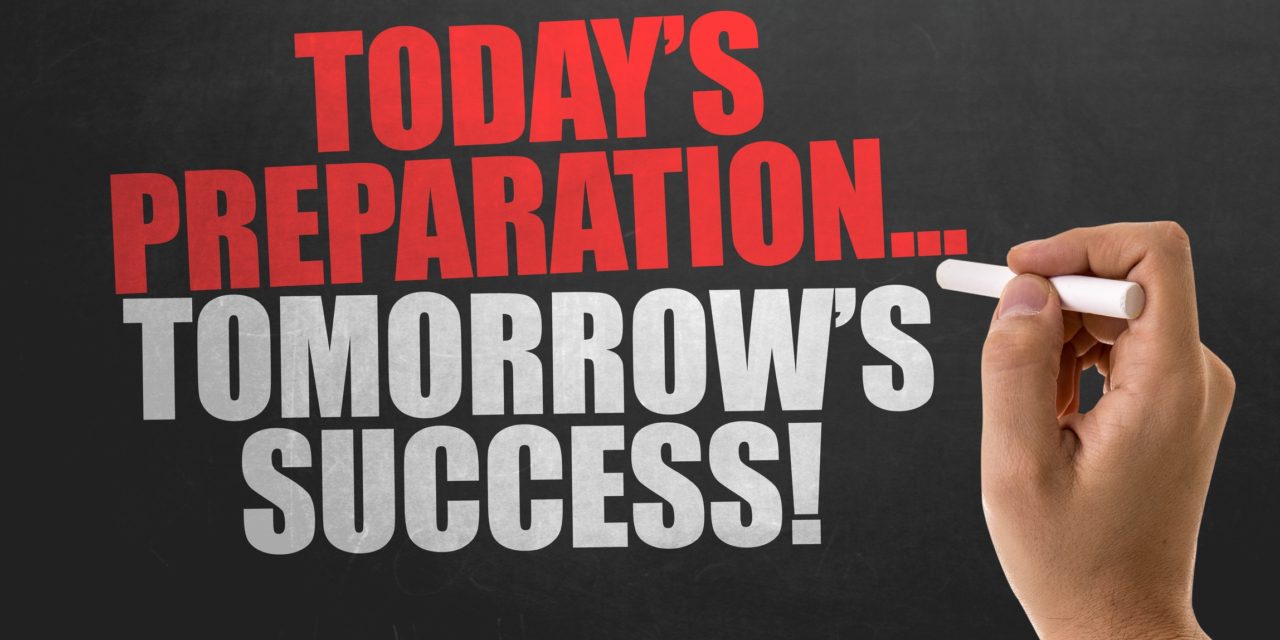I’ve had the privilege of interacting with many different organizations in the past year including current clients, prospective clients, attendees at emergency planning workshops, and other similar functions. What was somewhat surprising to me were the number of companies who had an emergency plan, but have never exercised it.
One critical aspect of creating an emergency plan is to test it. Most realize that they should, however they have not for any number of reasons. When thinking about exercises, several parallels come to mind:
• Not exercising your plan is like reading the driver’s manual, but never getting into the car to actually drive it;
• Not exercising your plan is like doing a read through of the script for a play, but never doing a real rehearsal of the play;
• Not exercising your plan is like reading everything there is to know about your smartphone but then never using your smartphone.
You get the idea. Your ER plan may look good on paper, but will it really work? The only way to get any sense of how viable your plan is requires that you test it, even if it’s just a tabletop exercise.
I won’t go into the details of how to plan and conduct emergency exercises, but you can search the web and find volumes of information on the topic. However, perhaps I can suggest some ideas for encouraging you to take that first step if you fall into the untested plans category.
Baby Steps
One of my favorite all time movies, was the 1991 classic, “What About Bob?”. In the movie, Bill Murray plays a psychiatric patient being treated by a highly egotistical psychiatrist played by Richard Dreyfuss. Dreyfuss’ character has a new book out called “Baby Steps” and the whole movie centers around the whole baby steps approach, albeit in a very comical Bill Murray way. So, when I am helping our clients with their preparedness, my thoughts always turn to “baby steps.”
There are a variety of reasons companies have not exercised their plan. Most reasons center around a lack of time, know-how, or commitment. We can help with at least some of these issues.
Time
Many people assume that an exercise must involve everyone and test the whole plan. While you do want to do this at some point, you don’t have to start there. Remember, baby steps; start small. Rather than try to exercise everything, start with just one part of your plan. Do a response drill, where you do a call out and have everyone report to their assigned locations. Once everyone is at their locations, conduct a mini-overview of your ER plan. Or, just exercise one department, or one function.
These smaller exercises don’t require a lot of time to design and plan, they involve fewer people, and can be conducted in no more than an hour or two. Even a simple table top can be completed with a minimal amount of planning. You don’t necessarily have to have a detailed scenario developed to drive the exercise. I occasionally do impromptu exercises where we say, “a plane has crashed, “there is a serious coach accident”, “there has been an explosion.” The objective at this point is not to get mired in the details of the scenario but to get the key players in your organization around the table and talk through your plan. Even this basic effort in looking at your plan will identify gaps and areas that need additional work.
Know How
Another way to look at exercises is to compare this process to how plays, TV shows, and other performances are developed and produced. Compare this process to that of emergency response planning.
Screenwriter – A screenwriter (or playwright) creates a script from scratch based on an idea, or looks to convert a written work such as a novel from the written page to a play or screen production. An emergency planner does the same thing, but the script is in the form of processes and procedures.
Actors – The actors are selected to play the various parts that the writer has created to be able to tell and act out the story. The ER planner identifies and defines the roles and responsibilities that are needed to execute the ER plan, which is hopefully designed to meet the objectives of the organization.
Director – The director is responsible for making sure all the actors do the things required of them, that everyone adheres to the script or facilitates changes to the script to better tell the story and have the desired outcomes. ER plans will have a director and related staff that ensures all the players filling positions handle their functions and complete their tasks in a manner that meets the objectives of the organization.
Before the actors and crew actually start rehearsing and then recording when appropriate, the primary players sit around the table and read through the script together. The initial read may simply be everyone reading through the script together. Then, in subsequent sessions, each actor may begin reading their lines and sensing how the interactions will be with their fellow actors. Sounds an awful lot like a table top exercise, does it not? Consider these activities as non-threatening and as a simple read through of your procedures, not a test.
Appropriately, as the production process continues; actors, directors, and crew eventually get to the “dress rehearsal”, where actors are in costume, scenes are fully developed, and everyone gets a good look at what the real production will look like. In the ER world, these are your full-scale exercises. In both cases, the “dress rehearsal” is to help everyone practice their parts and identify any unresolved issues before the “real thing.”
So, rather than getting hung up on being an expert at designing and conducting emergency exercises, understand that any effort you take to bring your team together to talk and walk through your plan will be helpful and will not require any significant cost, other than the time it takes for the team to get together.
Not Knowing What You Don’t Know
There is one area where expertise from the outside is helpful. This has to do with not knowing what you do not know. Internally, once a plan is written, any exercises and related scenarios will tend to follow the same assumptions used when writing your plan. So, amazingly, your plan always works! What happens when assumptions made in your plan turn out to be incorrect? This is where assistance from the outside, in at least observing your exercise can be helpful. We do this often for our clients and we further identify gaps and issues to be addressed. Develop and test your plan as much as possible, and then get a reality check from time to time with the assistance of your trusted partners.
Where To Go From Here?
Rather than continue to feel bad that you have not exercised your plan; start anywhere. Schedule a short meeting with the key members of your ER team and use a simple scenario as the basis of your discussion. Not simple in severity, but it’s not necessary to spend a lot of time on scenario details at this point. Just say there has been a serious accident and go from there.
1. If this is the first time you’ve exercised your plan there will be plenty of questions and you will discover “holes” in your plan. Don’t worry, that’s the point of exercising your plan.
2. Debrief the exercise with the objective of creating an after-action report detailing all of the issues discovered in the exercise and then assign action items to the right people, and set a date to complete these actions (yes, I realize many of you will only be able to assign things to yourself).
3. Set a tentative date for the next exercise and now that you’ve taken the first baby step, define three to five measurable objectives for the next exercise. Obviously, one objective would be to determine if you’ve addressed the issues and gaps from the last exercise.
4. Conducting exercises will become a confidence building process and most team members will begin to look forward to exercises so that they can see the progress made in identifying gaps, and the opportunity to practice their responsibilities in a non-threatening, simulated situation, and not just when they must respond to a real emergency.
Need more help?
Aviem and the Family Assistance Foundation are always working with our clients and members on drills and exercises. Contact us today and let us discuss how we can help you get started.




